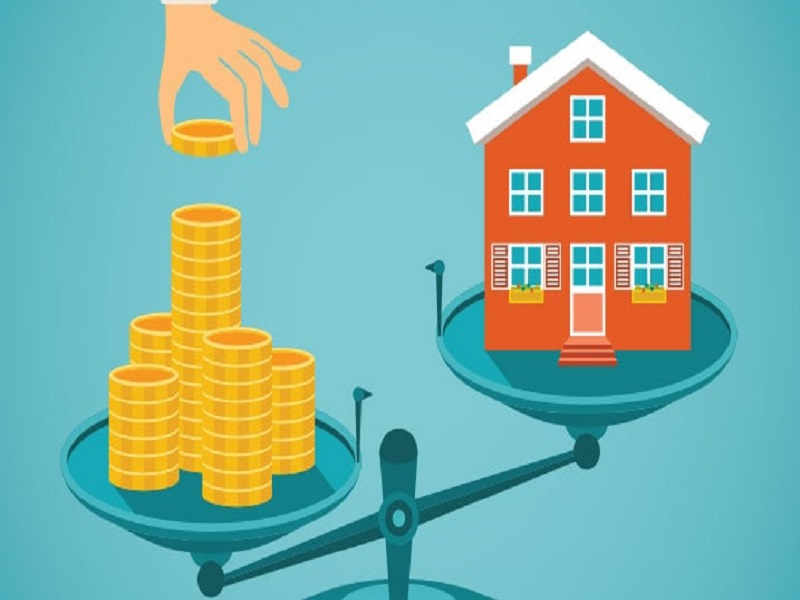
The loan-to-value ratio is one of the many factors based on which banks in India disburse home loans to borrowers. This is a critical factor that determines the borrower’s eligibility to avail of a home loan to purchase real estate. It is imperative that potential home investors are aware of this term and the method by which it is calculated.
The loan-to-value ratio is one of many tools that are employed by banks and financial organizations to assess potential risk. This value is arrived at by dividing the total amount of loan borrowed by the appraised value of a property. This is the percentage of the property value that the bank will be willing to finance via a home loan.
If a bank has an 80% loan-to-value ratio, it will only provide a long of 80% of the property value. It is important to note that banks do not consider the sale value of a property as its total worth. Banks in India have an 80% loan-to-value ratio, which might stretch to 90%, depending on the buyer and other factors.
The loan-to-value ratio of the bank will affect the amount of down payment that the buyer will have to pay. Banks maintain a low loan-to-value ratio to safeguard themselves as buyers investing less are more prone to default on payments. These organizations are more willing to lend money to people who have enough savings to significantly finance the property purchase.
Under the Reserve Bank of India guidelines, 90% loan-to-value ratios can be offered for properties costing below Rs. 30 lakhs. The loan-to-value ratio between Rs. 30 and Rs. 75 lakhs can be 80%, and above Rs. 75 lakhs is 75%. Higher loan-to-value ratios are also offered for staff members and home investors buying property in partner projects of the bank.
Prestige Group new launch apartment Prestige Primrose Hills at Kanakapura Road, South Bangalore.



